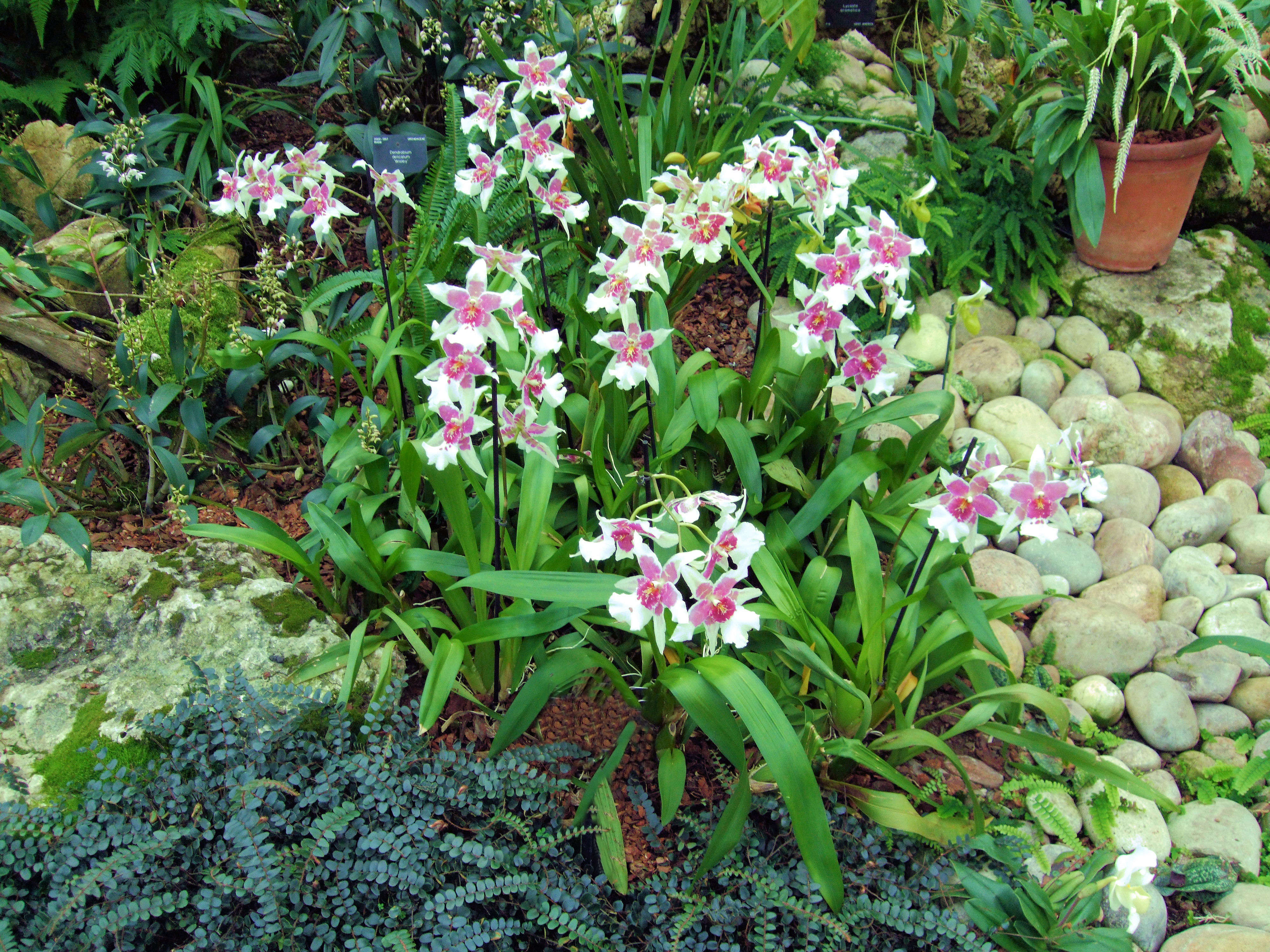Button Fern, Pellaea rotundifolia: “Dark and Round”
Lately I’ve been in the market for a houseplant to add some life to my small apartment bathroom. My two requirements: It must be able to survive in the windowless and humid atmosphere of a Manhattan bathroom, and it can’t be too spiky (lest I accidentally bump into it after a shower). I’ve finally found the perfect solution: the button fern. These petite houseplants have soft, velvety leaves and thrive in humidity. Here’s what you need to know before adopting your own button fern.

The button fern, also called the round-leafed fern, is an evergreen fern (of the Pteridaceae family) with small dark green leaves attached to a thin stem. “Rotundifolia” refers to the roundness of the leaves, and the genus name, Pallaea, comes from the Greek word meaning “dark,” a reference to the stems that turn dark red with age. Plants in the genus are also sometimes referred to as “cliff brakes.”

The plant’s leaves and stems become darker as the plant grows. A button plant in a 4-inch pot is $12 via Pernell Gerver.

Though native to New Zealand and Australia, button ferns can be grown outdoors in USDA growing zones 9 through 11. Though they can be slightly fickle when grown indoors, with enough care and attention to its needs, a button fern makes an excellent houseplant.
Button ferns are small compared to other fern varieties (they only grow 12-18 inches tall), making them ideal candidates for small spaces. Their small leaflets become more oval-shaped as the plant grows.
Don’t confuse button fern with the similarly named lemon button fern (Nephrolepsis Cordifolia), a small plant that looks similar from a distance but is unrelated.

Cheat Sheet
- Choose a vessel with ample drainage in the bottom; it’s important that the soil drains efficiently between waterings.
- Its affinity for humidity makes the button fern an ideal houseplant for a guest bath. Place it on a shelf or not-too-bright windowsill for visual intrigue, or place it in a hanging basket.
- Want more button ferns? In spring, simply divide your existing button fern with a sharp knife and repot the sections.
Keep It Alive
- Button ferns like enough water, but detest soggy soil. Let the top portion of soil dry out between waterings. If the fronds are green and not wilted, you’ve found a perfect happy medium.
- House your button fern in a bright or even slightly shady spot, but not in direct sun. A sun-filled kitchen or living room is a good choice.
- Make sure to keep your button fern in a humid environment (ideally, in 50 percent humidity). In winter, when heat and fires in the fireplace dry out the home, be sure to occasionally mist the leaves, particularly when they look droopy.

It might take some time to figure out what exactly your picky button fern wants, but stick with it: once adjusted, this is a fairly easy-to-care-for houseplant. I’ll be purchasing one to perch on the edge of my bath.
For more plants-in-the-bath inspiration, see our posts:
- DIY: Maidenhair Fern for Bathroom Greenery.
- World’s Best Plant for a Bathroom.
- 5 Favorites: Bathroom as Garden.












Have a Question or Comment About This Post?
Join the conversation (2)